Common Name(s): Red alder, western red alder
Scientific Name: Alnus rubra
Distribution: Coastal western North America
Tree Size: 100-130 ft (30-40 m) tall,
2-3 ft (.6-1 m) trunk diameter
Average Dried Weight: 28.0 lbs/ft3 (450 kg/m3)
Specific Gravity (Basic, 12% MC): 0.37, 0.45
Janka Hardness: 590 lbf (2,620 N)
Modulus of Rupture: 9,800 lbf/in2 (67.6 MPa)
Elastic Modulus: 1,380,000 lbf/in2 (9.52 GPa)
Crushing Strength: 5,820 lbf/in2 (40.1 MPa)
Shrinkage: Radial: 4.4%, Tangential: 7.3%,
Volumetric: 12.6%, T/R Ratio: 1.7
Color/Appearance: Red alder tends to be a light tan to reddish brown; color darkens and reddens with age. There is no visible distinction between heartwood and sapwood. Large aggregate rays appear as occasional small streaks on the face grain that can be mistaken for defects in the wood.
Grain/Texture: Grain is generally straight, with a moderately fine, uniform texture.
Rot Resistance: Red alder is rated non-durable to perishable regarding decay resistance, and freshly cut logs should be quickly converted into lumber and dried to prevent staining or decay in the wood.
Workability: Red alder is very easy to work with both hand and machine tools; it sands especially easy. The wood is rather soft, however, and care must be taken to avoid denting it in some applications. Turns, glues, and finishes well.
Odor: No characteristic odor.
Allergies/Toxicity: Although severe reactions are quite uncommon, alder in the Alnus genus has been reported to cause eye, skin, and respiratory irritation. See the articles Wood Allergies and Toxicity and Wood Dust Safety for more information.
Pricing/Availability: Red alder is usually sold in two different grades: knotty and clear. Knotty red alder is usually inexpensive, on par with other domestic utility woods. Clear red alder is more expensive, closer to other domestic cabinet hardwoods.
Sustainability: This wood species is not listed in the CITES Appendices, and is reported by the IUCN as being a species of least concern.
Common Uses: Veneer, plywood, furniture, cabinetry, millwork, pallets, musical instruments (electric guitar bodies), and chip/pulp wood.
Comments: Red alder is the most abundant hardwood in the Pacific Northwest region of the United States, and is a commercially important lumber. The wood has good stability with little movement in service once fully dried. It’s sometimes used as a lower-cost alternative to black cherry (Prunus serotina).
Images: Drag the slider up/down to toggle between raw and finished wood.
Identification: See the article on Hardwood Anatomy for definitions of endgrain features.
Porosity: diffuse porous
Arrangement: commonly in clusters or radial multiples of two to four
Vessels: small to medium pores, numerous
Parenchyma: banded (marginal), and diffuse-in-aggregates—though generally not visible
Rays: narrow, close spacing; aggregate rays are sporadically spaced and very wide
Lookalikes/Substitutes: The wood of black cherry (Prunus serotina) bears a superficial resemblance to red alder. However, black cherry will lack aggregate rays and have a semi-ring-porous pore arrangement with gradually decreasing pore size in the latewood sections.
Notes: The defining characteristic of Alnus species is its large, very sporadically occurring aggregate rays. On the face grain of the wood, the rays may be mistaken for occasional defects in the wood. With the exception of oak species (Quercus genus), alder stands as one of the few temperate species in the northern hemisphere that have aggregate rays.
Related Content:

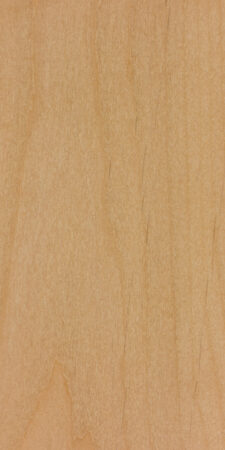
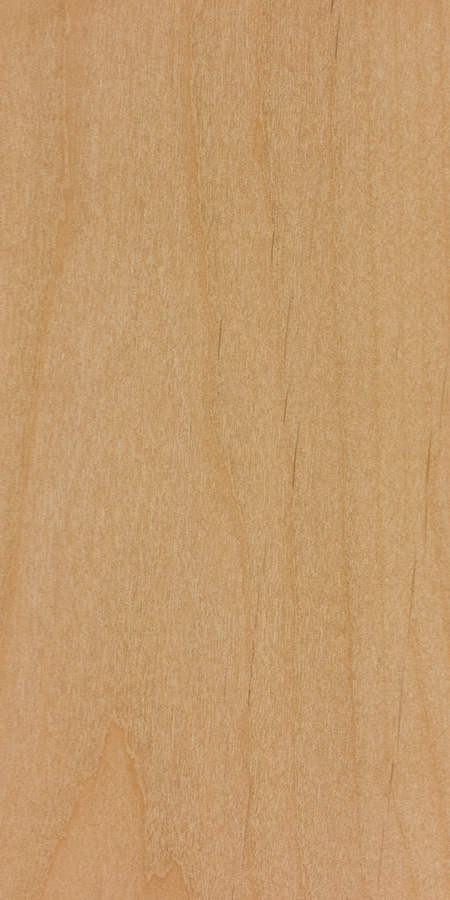
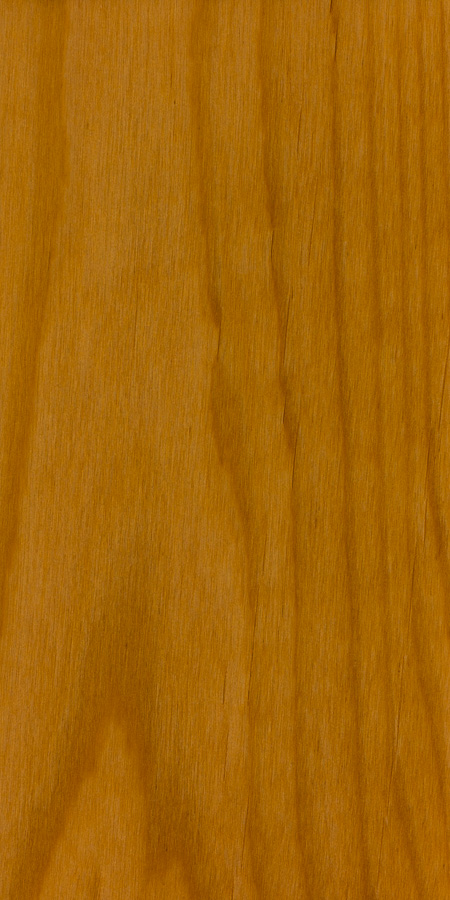
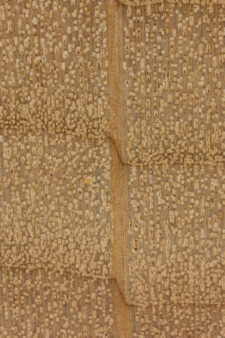

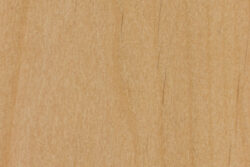
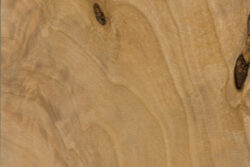
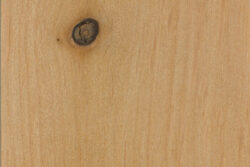
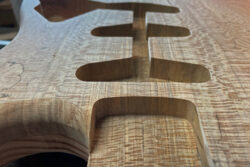






I have a lovely bowl someone gave me years ago and I’m trying to identify the wood. A woodworker friend suggested it might be alder, apple, or maybe acacia (but there are so many varieties of acacia — not even sure where I would begin). I’m attaching some photos and can take more if needed. Thanks!
Does Alder get attacked by drywood termites or powderpost beetles?
Typically, red alder is in the range of 2.6-2.7lbs per board foot or 32lbs per cuft
We use several thousand board feet per year in guitar making and rarely see it at 28lbs per cuft
IS GOOD FOR SMOKING FISH
It makes a pretty nice xylophone wood. Easy to shape and tune with a belt sander.